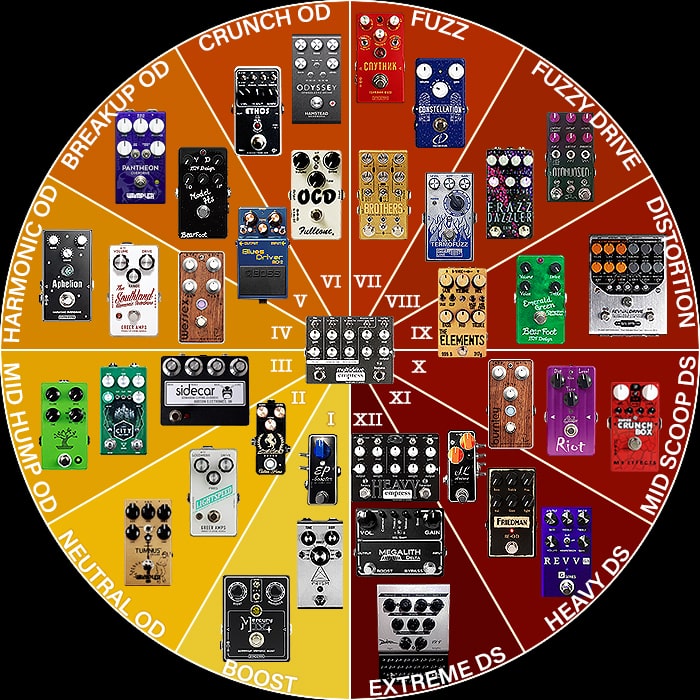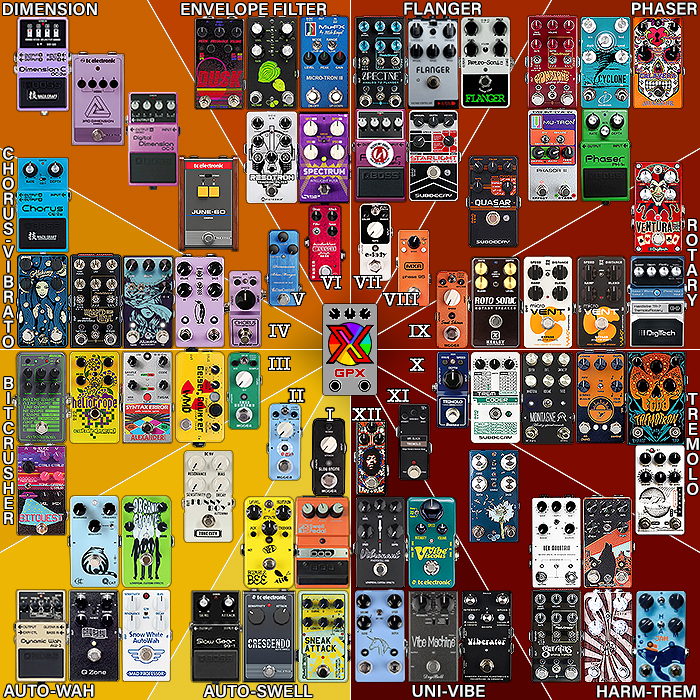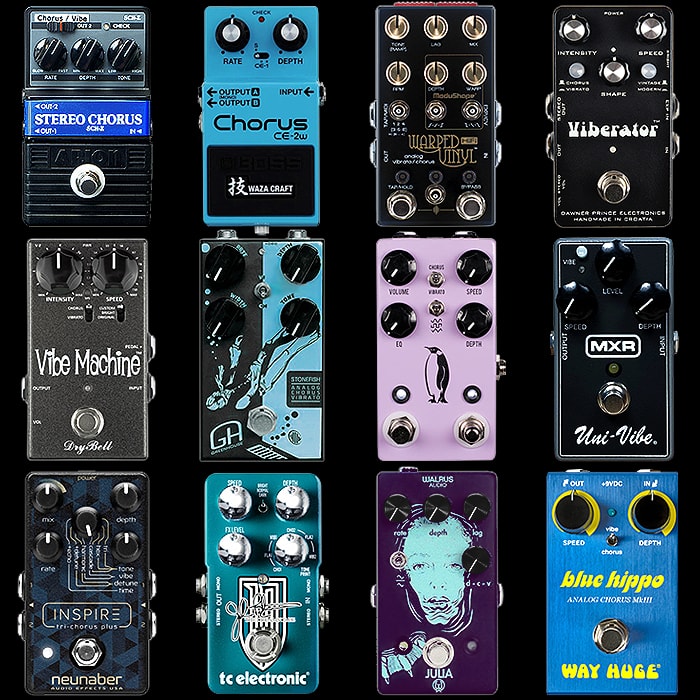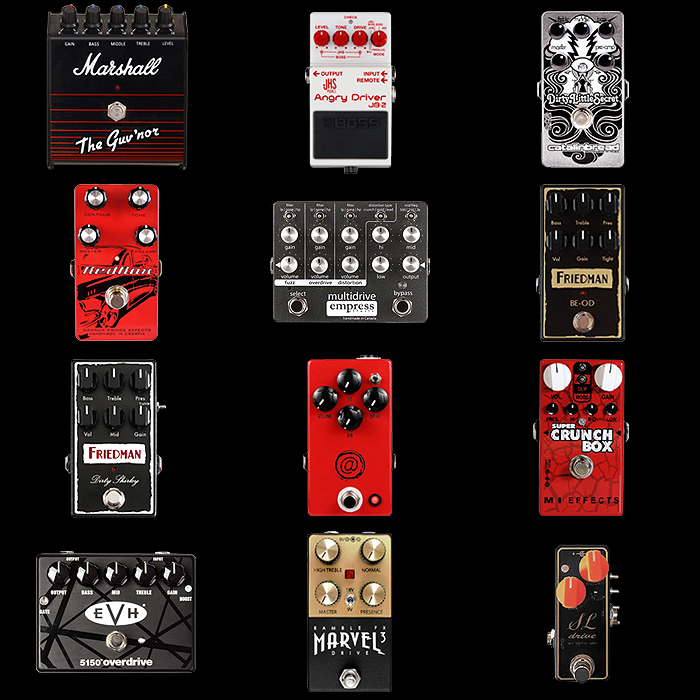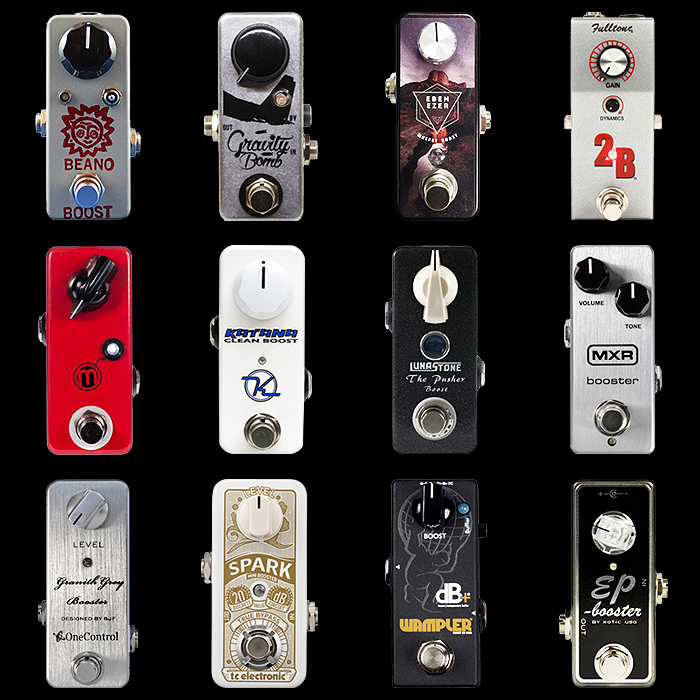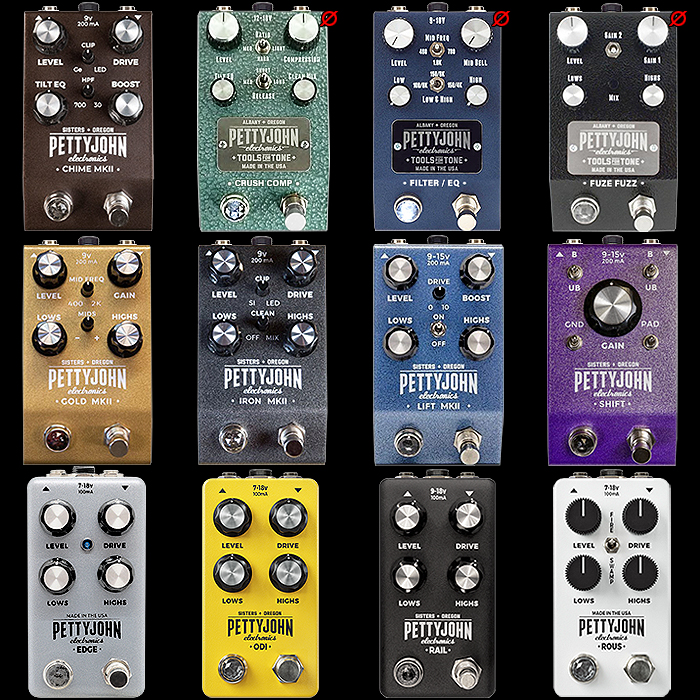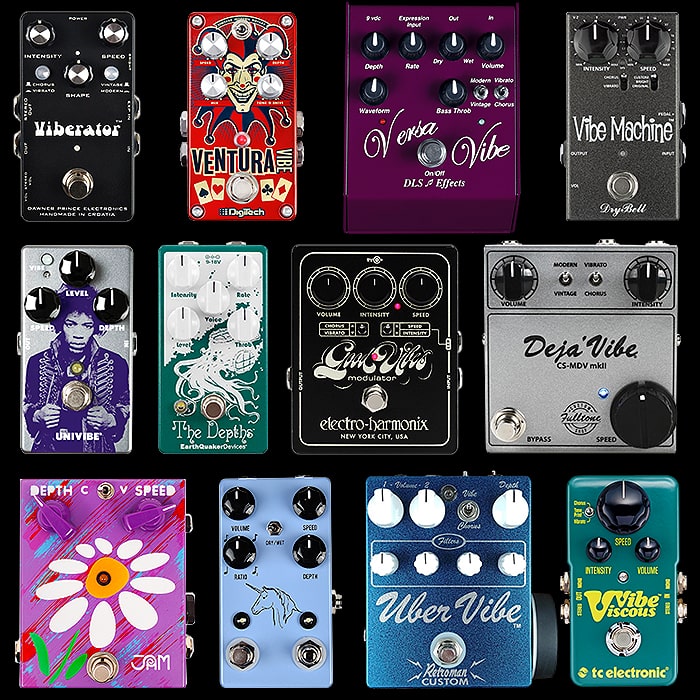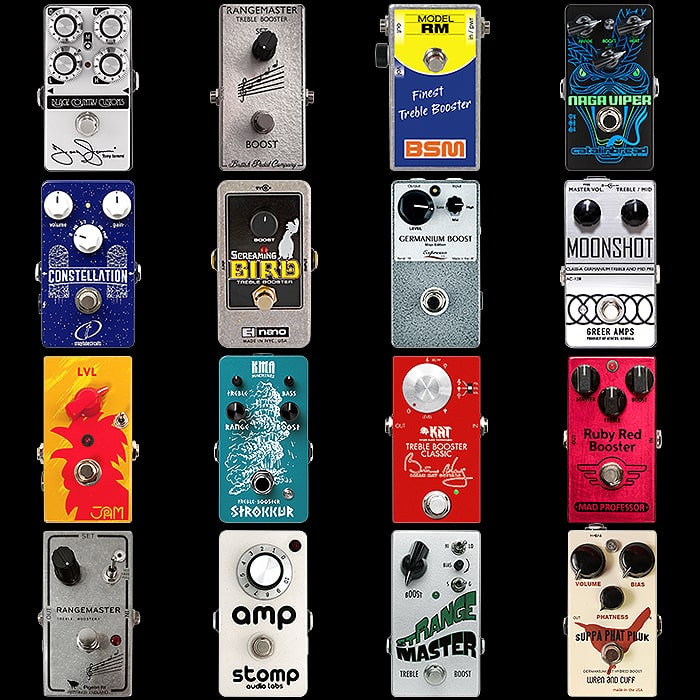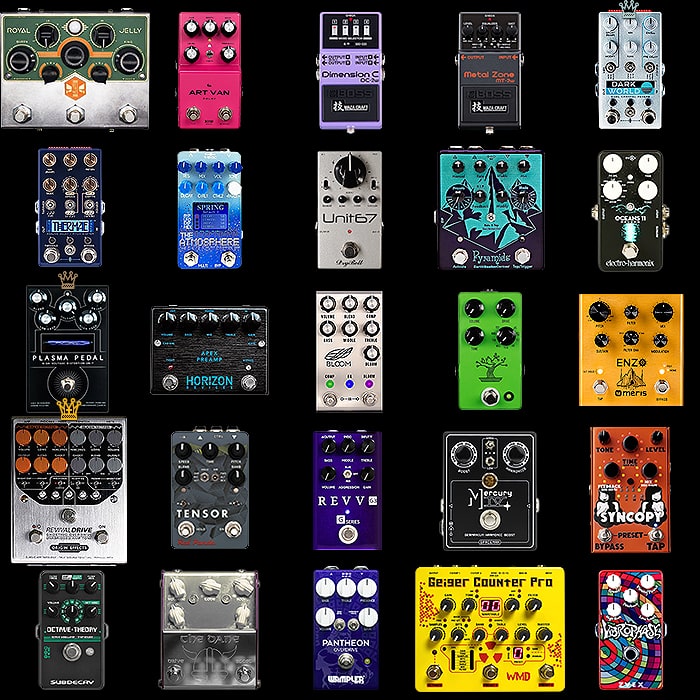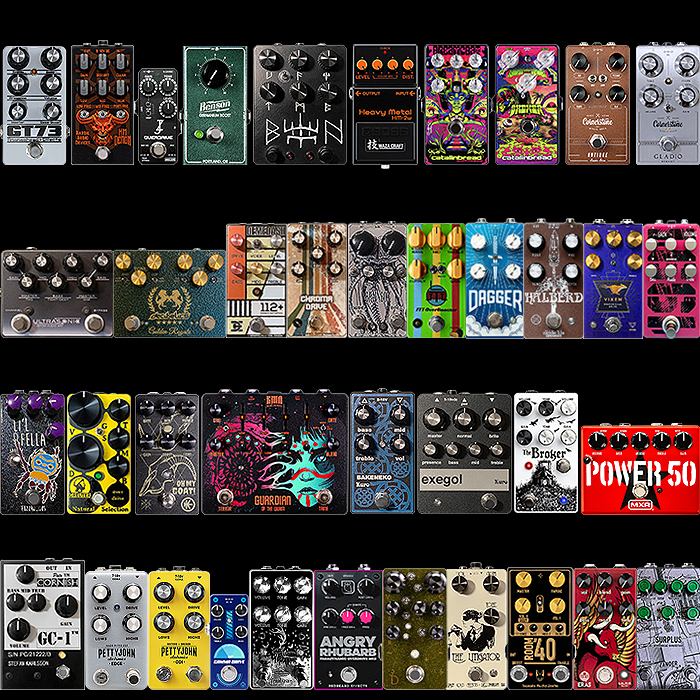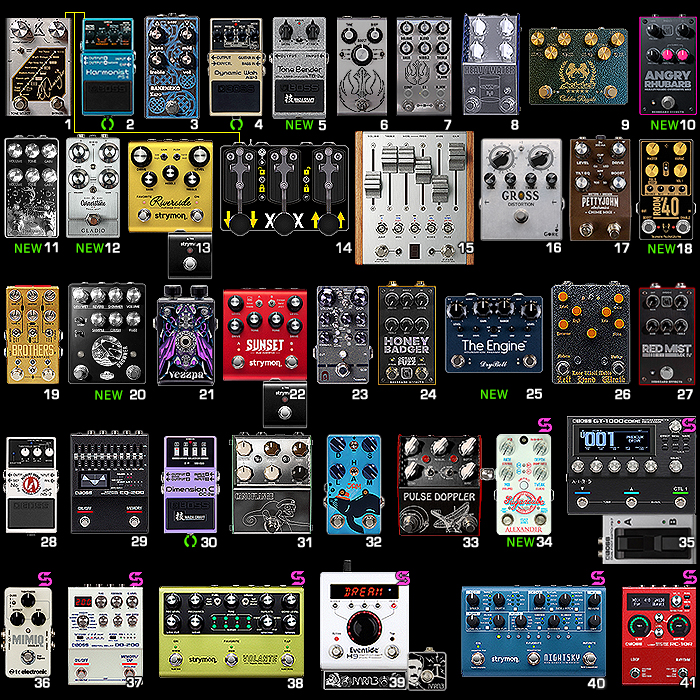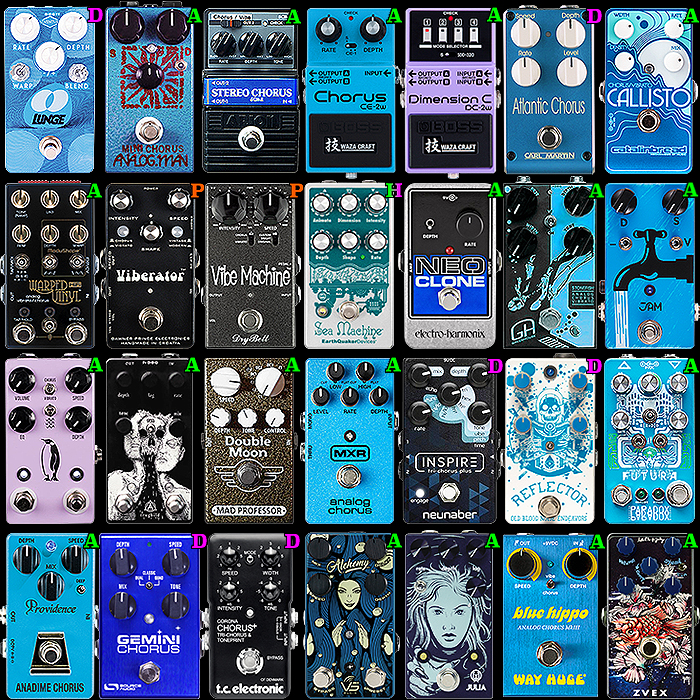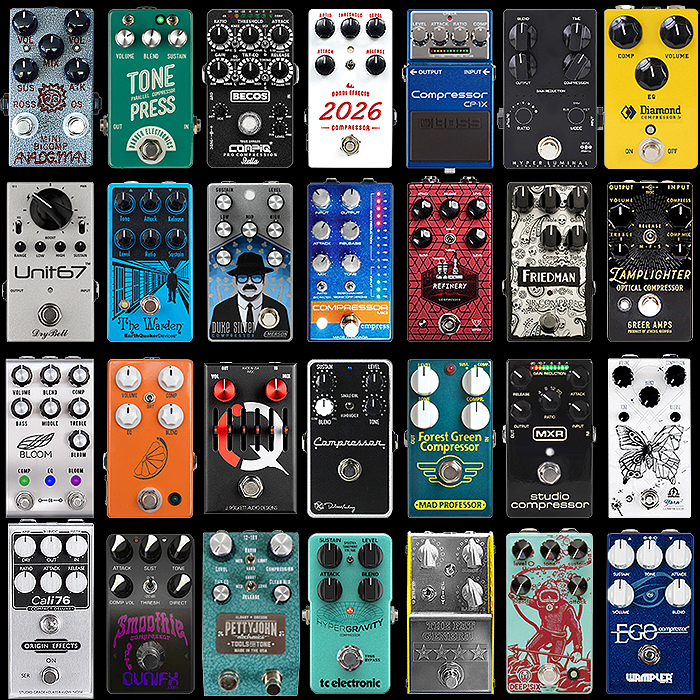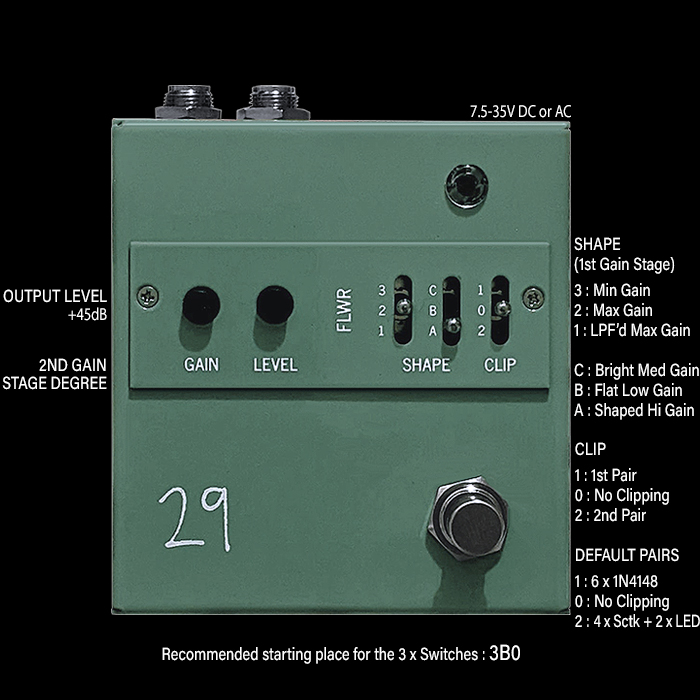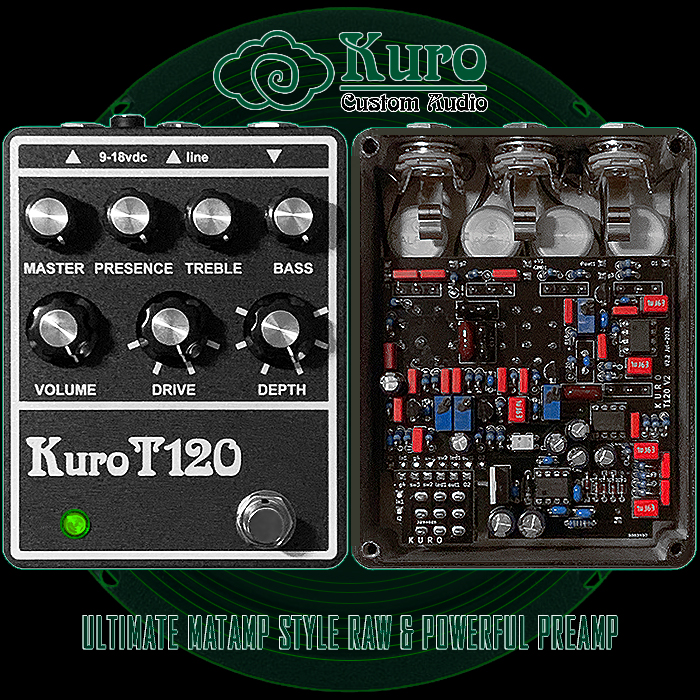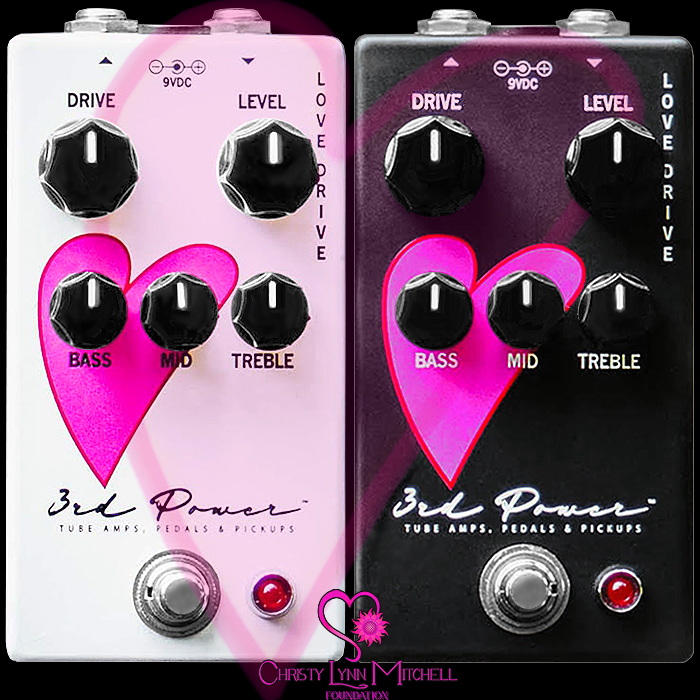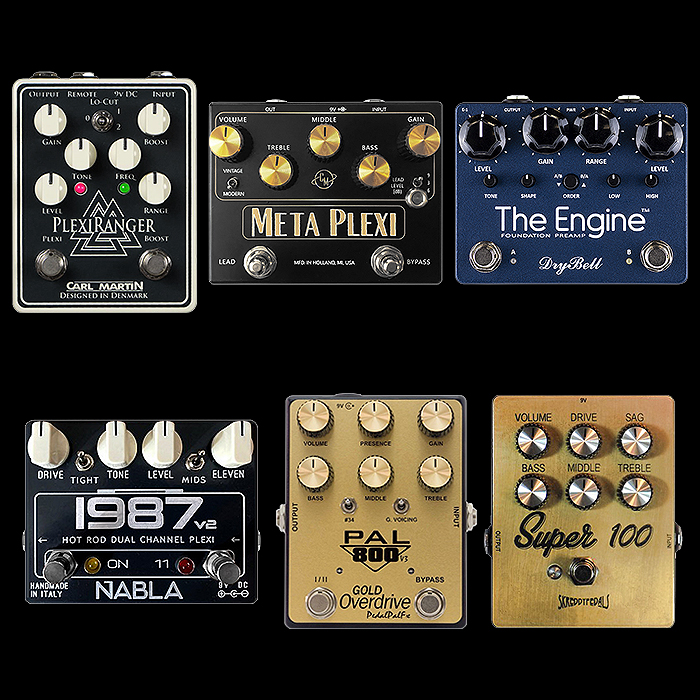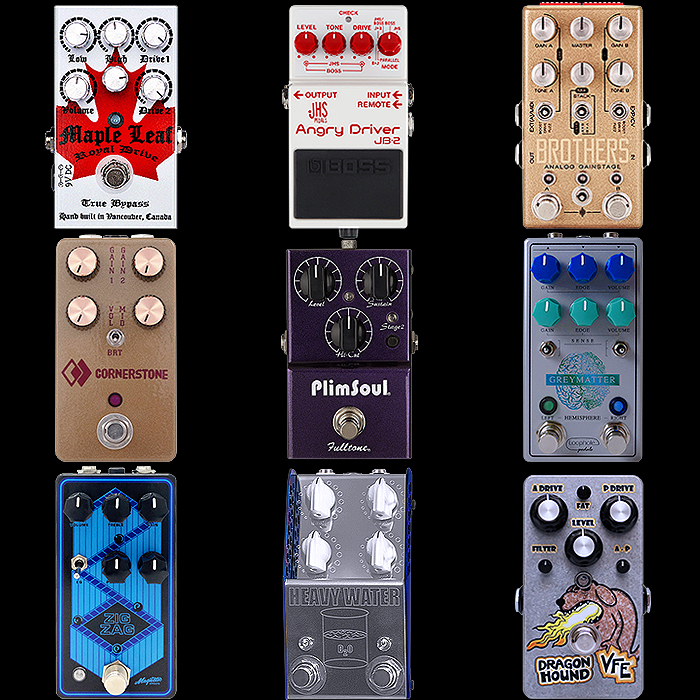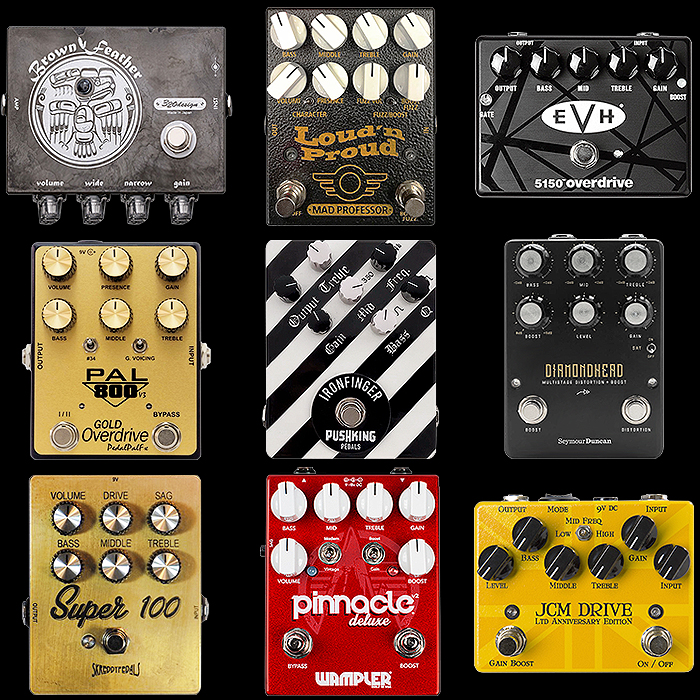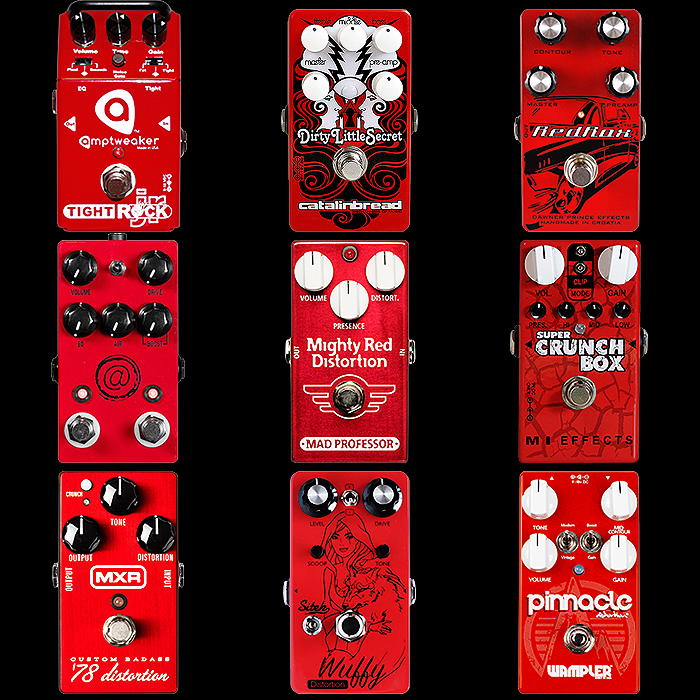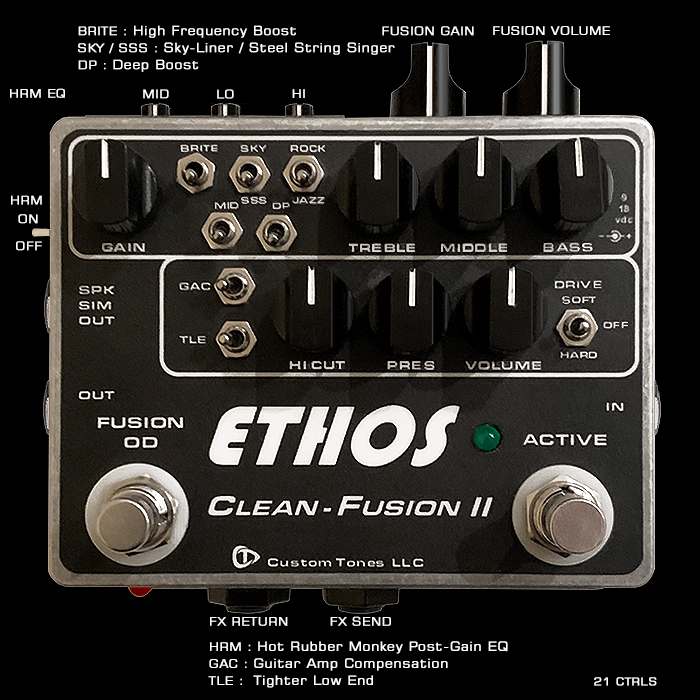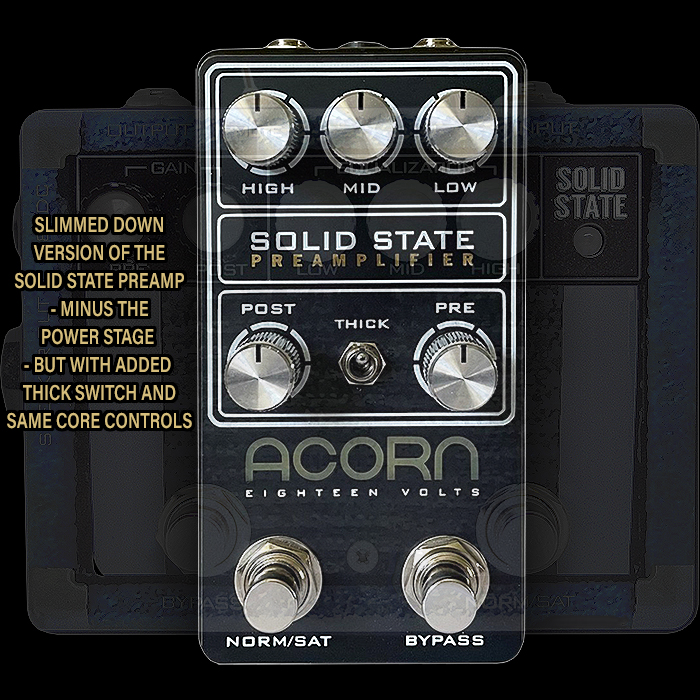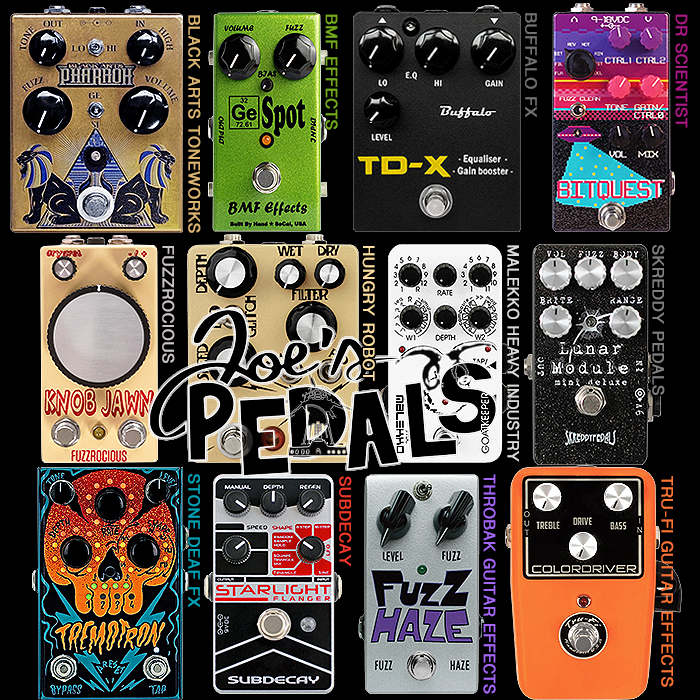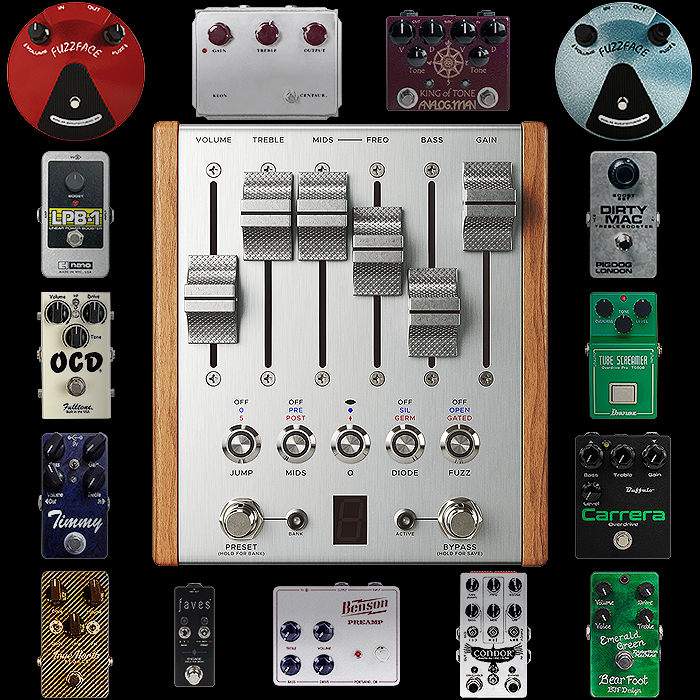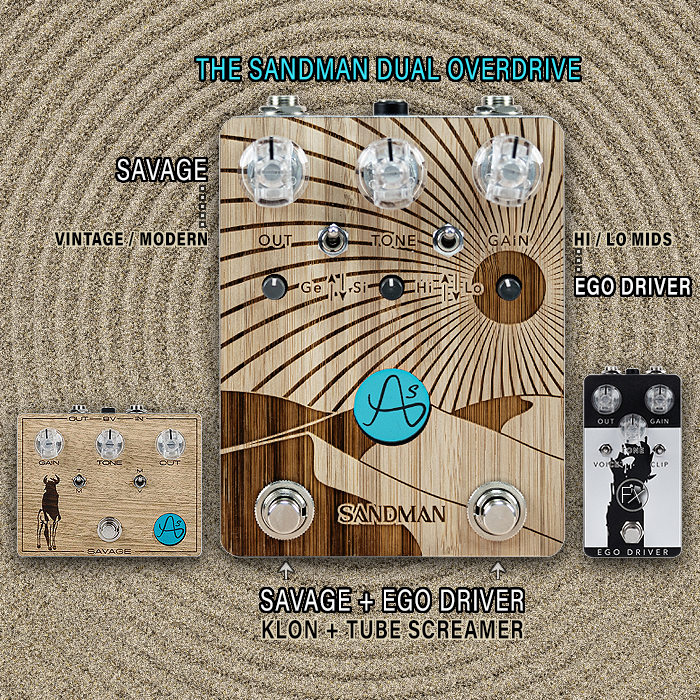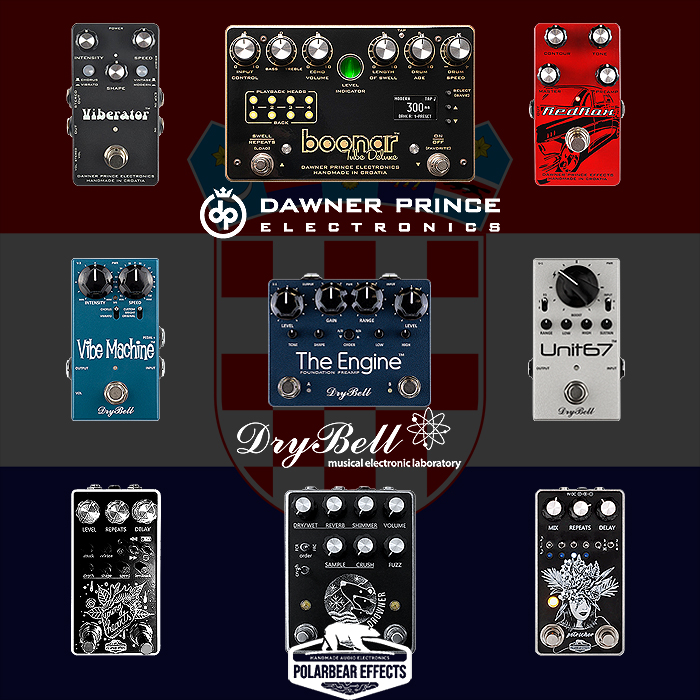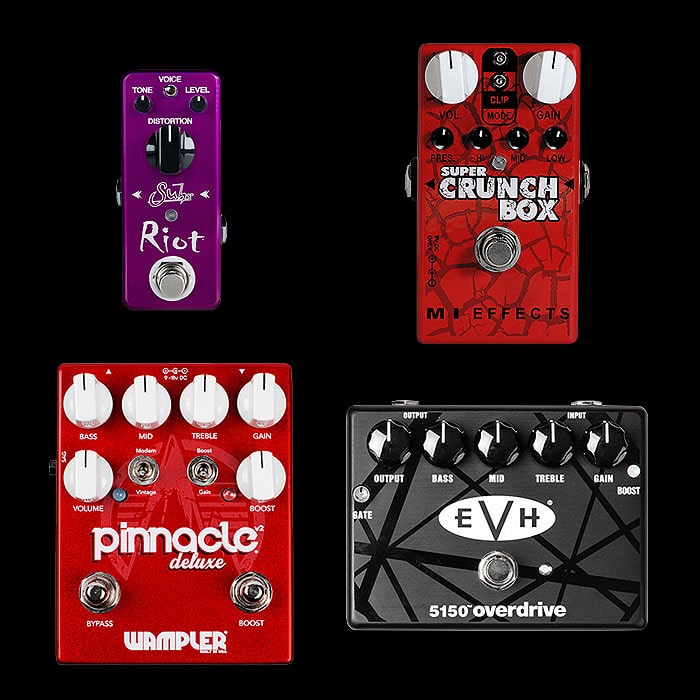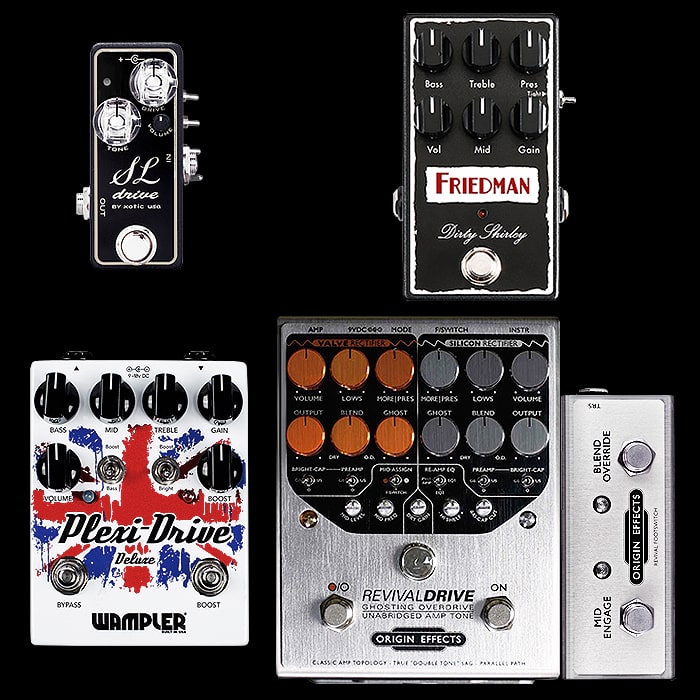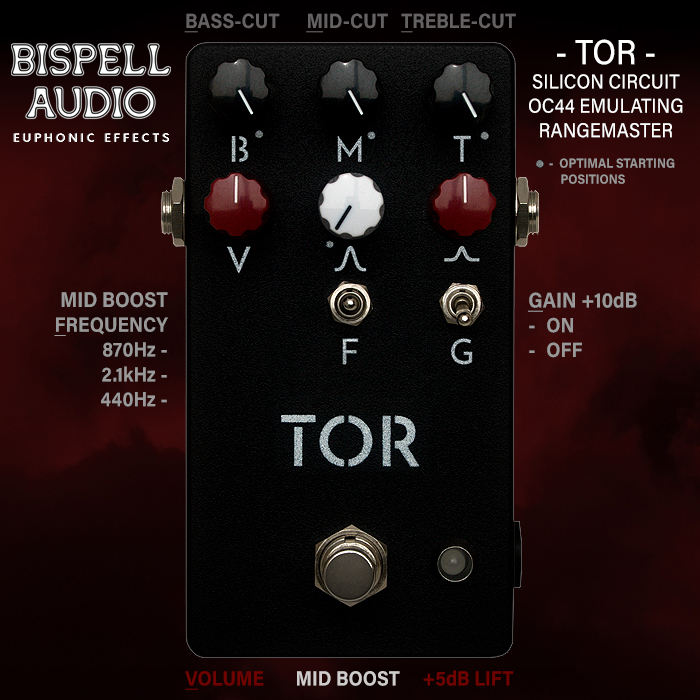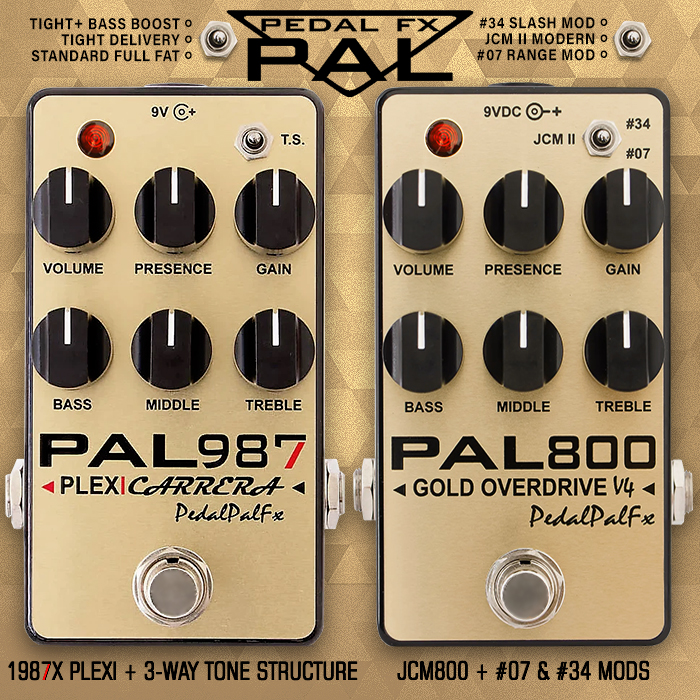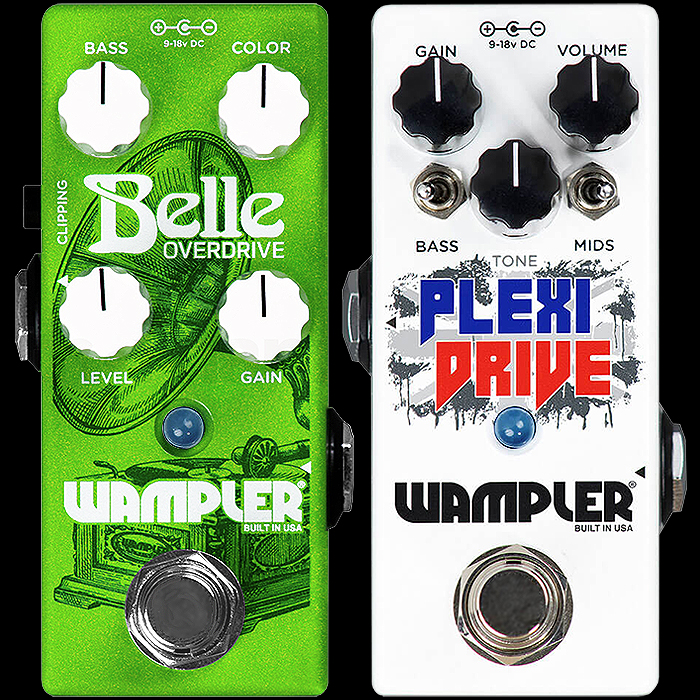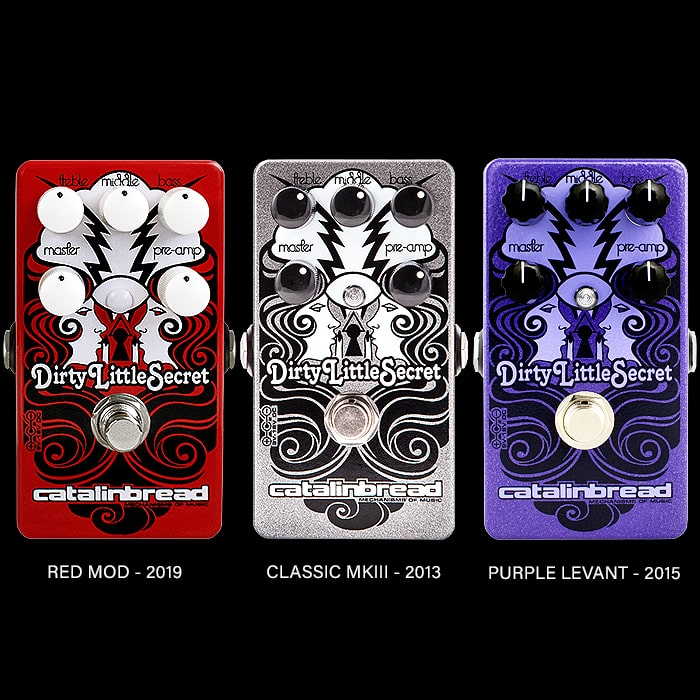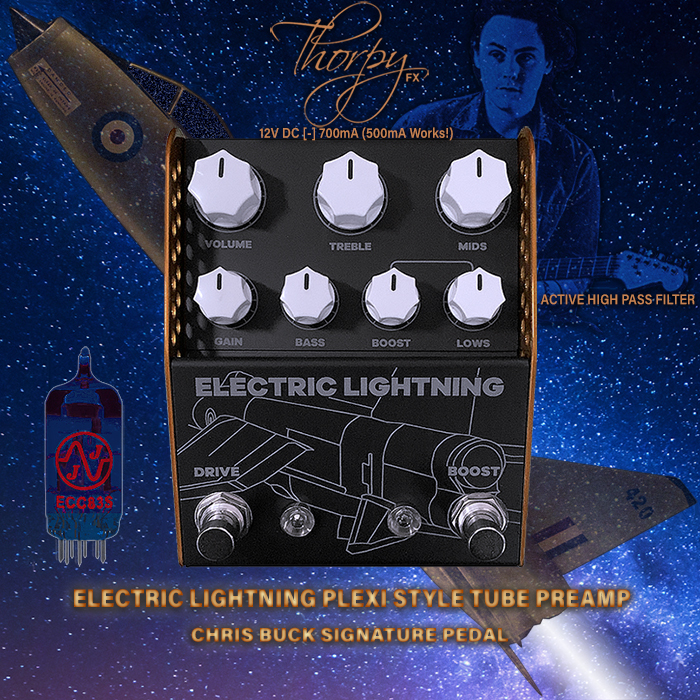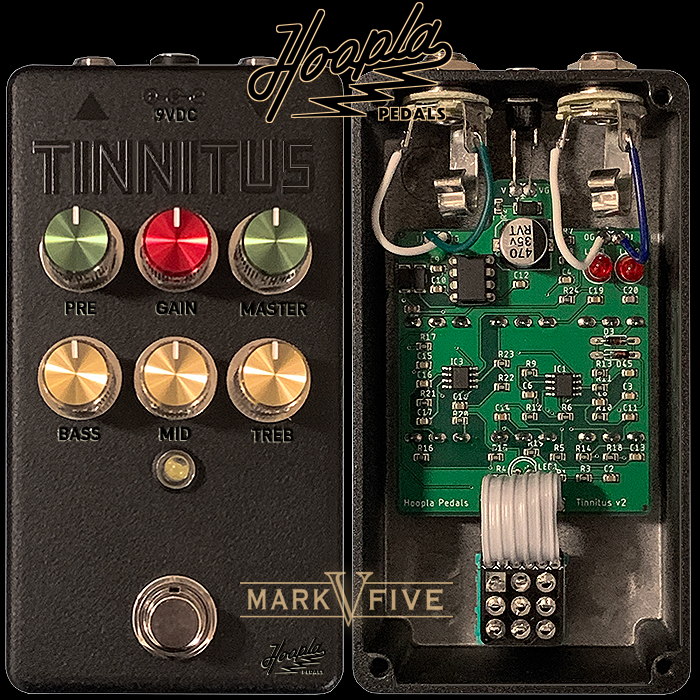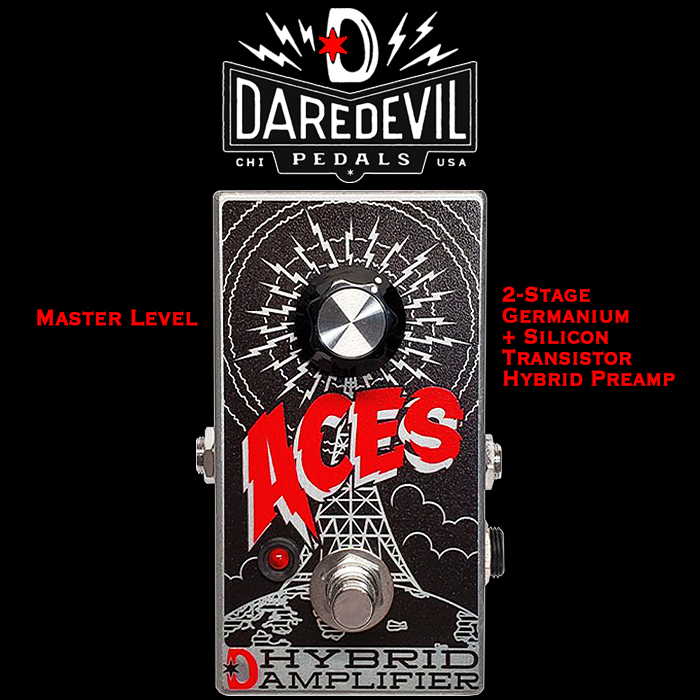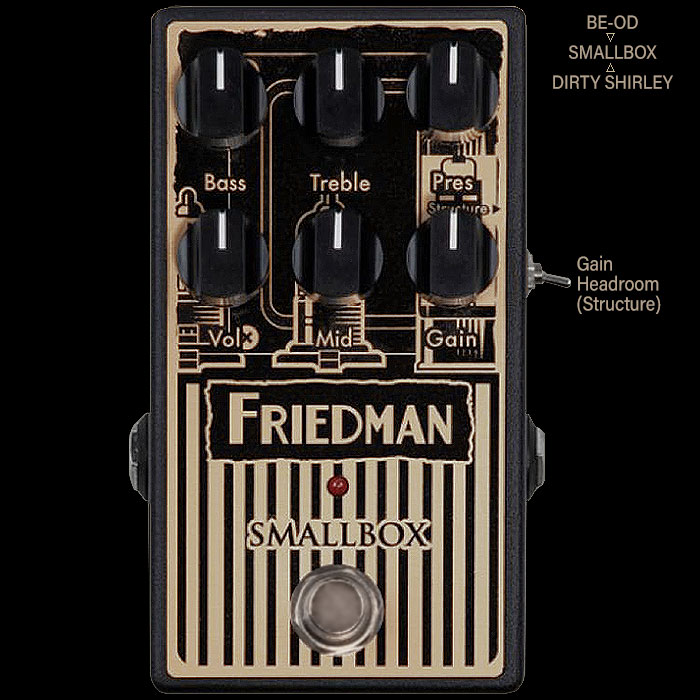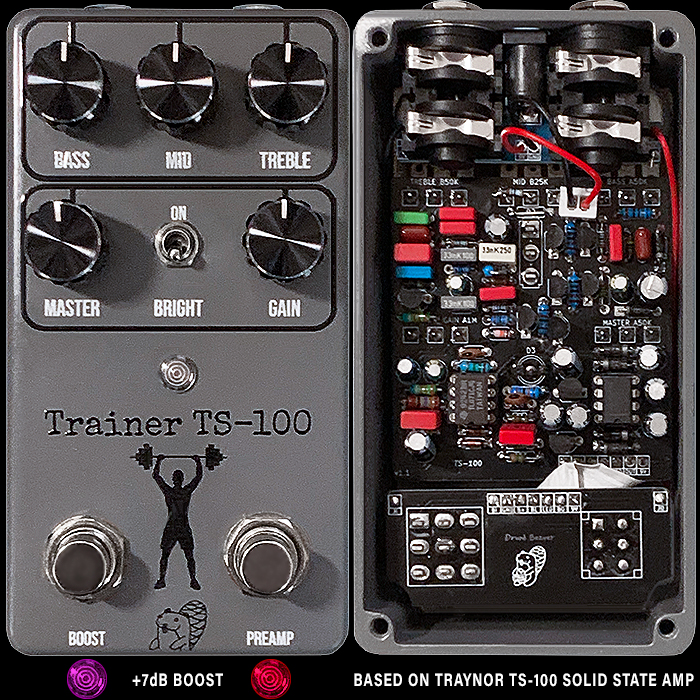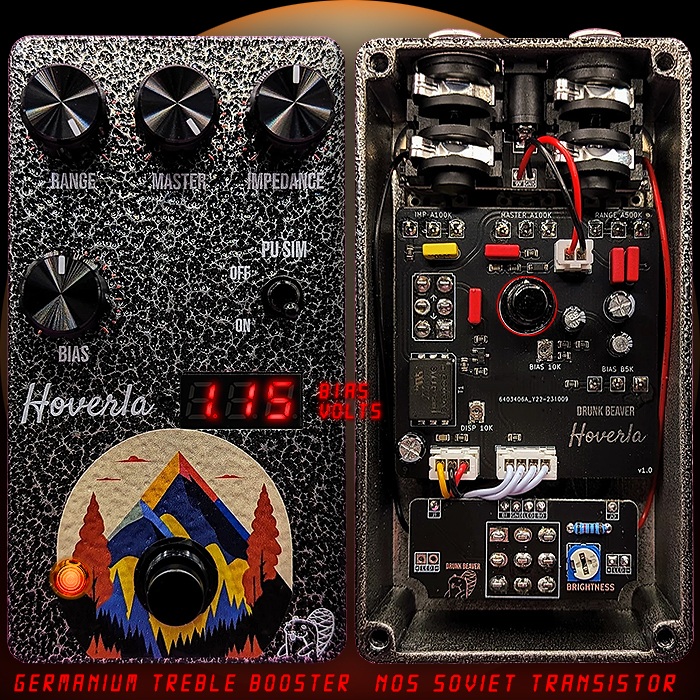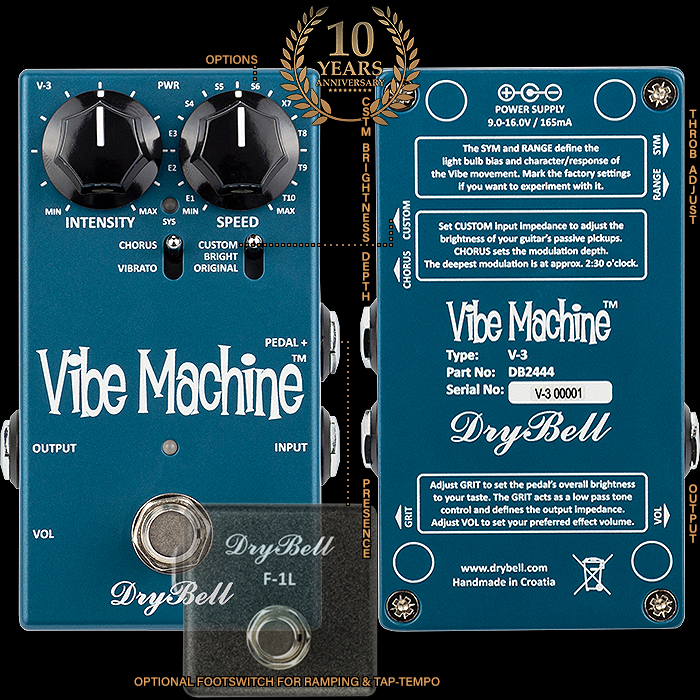First Impressions of DryBell's beautifully calibrated Dual Channel Plexi and RangeMaster Style Foundation Preamp Pedal
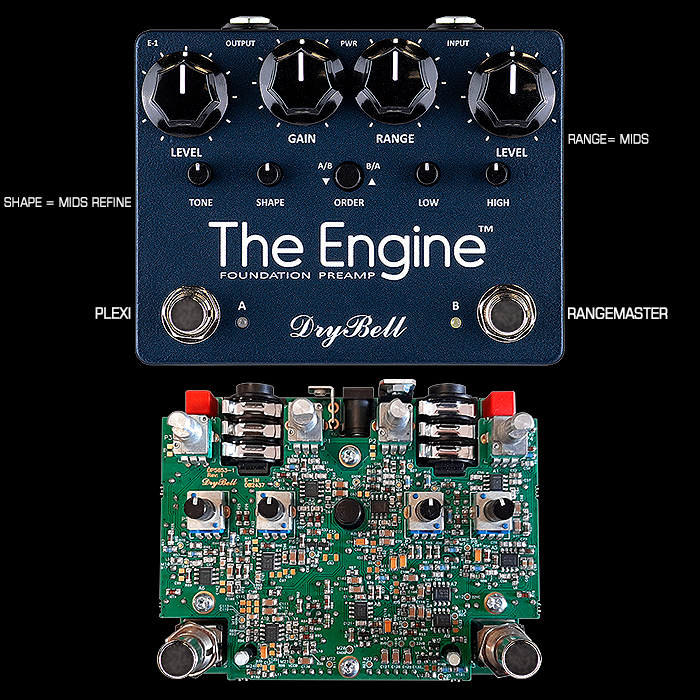
I’m delighted to have finally got around to DryBell’s The Engine Foundation Preamp - as I’ve wanted it since I did the launch feature almost exactly one year ago on June 9th 2020 - I’ve just had a lot of obligations and priorities to cover off in the interim. I’m obviously a huge fan of MIAB style pedals and have several of those mostly in the compact enclosure form factor. I am firmly of the opinion that you cannot have too many Marshall-style pedals as each of them is typically calibrated slightly differently and has a different and distinct tone and texture - particularly in the ’chewy-mids’ area.
The early demos of this pedal were so impressive that it’s fantastic to finally get my hands on one to compare notes. The kind folks at DryBell have been super helpful in fielding my many lines of enquiry, and of course all that gathered intelligence is featured here. So thank you to Kruno, Zvonch and Martina for their patience.
I will do a quick overview of the two sides of the pedal before detailing ’Optimal Setup’, and my preferred presets and tones. I acquired The Engine from my good friend Joe Light’s Joe’s Pedals boutique. The Engine is available from several fine resellers around the world also, as well as of course direct from the DryBell Webstore - where it retails for $299 equivalent.
The RangeMaster / Unit67 Side [Right B Side]
Controls : Range (Mid Sweep Effectively | Active Symmetric Filter), Level (-7dB > +22.4dB) Low (Active Asymmetric Filter), High (Active Asymmetric Filter).
Kruno tells me that the original idea had been to expand on the DryBell Unit67 and create a sort of extended version of that. During the breadboarding exercise it was decided that the major additional component would be a Plexi-style preamp, as Marshall-style gain stages make for exceptional complementary partners to RangeMasters.
Over the development process, the control topologies were refined - and while most of the Unit67 is intact in this version, there really was no need to include the compressor element - so that is the only omission really from the original Unit67 format. It was observed that the Plexi voicing offered more than enough natural compression on its own - meaning that the Unit67\s compression would be entirely surplus to requirements. Anyone who has used that unit though should be very familiar with how it will respond here.
As I will detail later in 'Optimal Setup' below - it's recommended that everything / all knobs start from unity values - which are typically around 12:00 or 12:30 o'c, with the B Level at 10 o'c.
The Plexi / JMP 50 Side [Left A Side]
Controls : Level, Gain, Tone (Highs Mostly | Active Asymmetric Filter), Shape (Mids Refine | Active Asymmetric Filter). All Plexi Dials on Max yields c. +53dB.
Two personal favourite early 70's Non-Master-Volume JMP-50's were the original tone references for the Plexi Channel - one from '71 and one from '74. That tone profile was then enhanced and evolved to provide full Marshall Plexi Amp coverage from those classic late 60's types right up to the early 80's editions.
I've always said that a Marshall's Mids are the main event - which means the 'Shape' knob here is hugely important and impactful. While the Tone control is really about tempering the higher frequencies. Of course there is a significant amount of Volume (Level) and Gain on-tap.
Optimal Setup
The key advice here is to start off with a Unity / Neutral / Base Setup - this means roughly the following values for each of the 8 knobs :
- Level [A] : Adjust to Rig, No Unity Gain
- Gain [A] : Adjust to Rig, No Unity Gain, adds slight saturation and gain even at lowest setting
- Tone [A] : Adjust to Rig, No Unity Gain owing to complexity of the Frequency Curve
- Shape [A] : Adjust to Rig, No Unity Gain owing to complexity of the Frequency Curve
- Range [B] : Unity at 12:00 o'c, Symmetrical Active Filter, Upper Mids Focus
- Level [B] : Unity Gain at 10:00 o'c
- Low [B] : Unity at 12:30 o'c, Active Asymmetric Filter
- High [B] : Unity at 12:30 o'c, Active Asymmetric Filter
- Order : ⇩ A/B | ⇧ B/A
My Own Neutral / Unity Setup
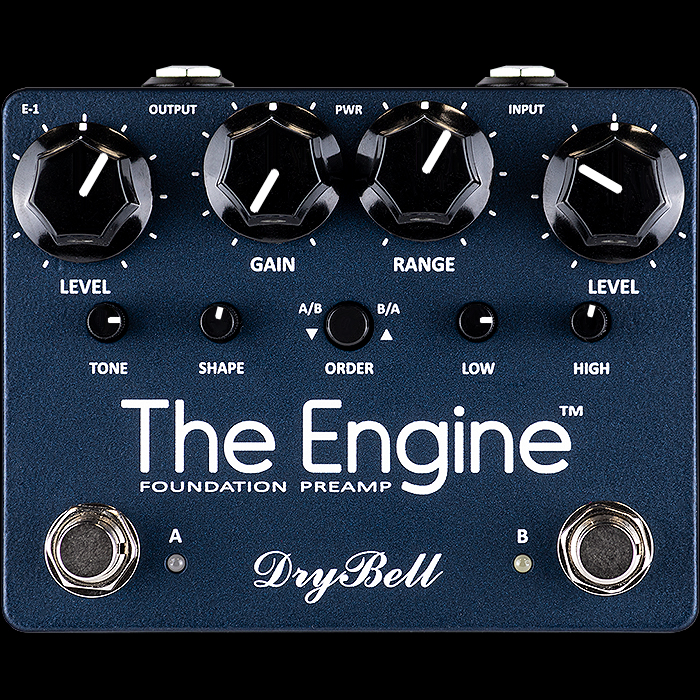
- Level [A] : 1 o'c
- Gain [A] : Minimum, i.e fully CCW
- Tone [A] : 3 o'c
- Shape [A] : 12:30 o'c
- Range [B] : 1 o'c
- Level [B] : 10 o'c
- Low [B] : 3 o'c
- High [B] : 12:30
The Plexi Channel slightly ups the saturation and there's a tiny gain increase even at minimum Gain settings -it also seemingly darkens the output a little - which is why I need the Tone control at 3 o'c for my own preferences. The RangeMaster side is largely as advised albeit my Range is set slightly higher, as is the low-end to compensate for the Treble Booster effect - you just get gorgeous extra harmonics and a little more warmth at the default settings.
The Tones!
With my Neutral Settings above as my starting point - the Range Master setup just adds some more harmonic richness - while the Plexi Channel is somewhat more impactful with a slight gain increase accompanied by more saturation - even at the lowest levels.
I am then free to crank up the Gain of the Plexi up to around 3 o'c for a super harmonically rich voicing with awesome mids action. While I prefer to keep the RangeMaster side a little more neutral - obviously you can trigger more saturation by raising the B Level and increasing the Range / Mids.
The output you get is beautifully harmonically rich and superbly well balanced. A lot of MIAB tone stacks give somewhat lopsided tones / frequency profiles where the whole output isn't necessarily even and full-frequency-range or particularly well-balanced. While almost regardless of where you point the tone controls the output of The Engine remains elegant and fully rounded.
The Quality
As soon as you unbox this pedal you notice how refined it looks and feels - it has a really subtle sort of Prussian Blue colourway - in a sort of satin-feel coating, while the legends and labels are elegantly raised on the surface and have a gorgeoue tactile feel to them. Everything looks and feels just right and is made with premium components and parts, and these pedals are all hand-assembled in Croatia.
To me this is probably the finest MIAB type pedal overall that I have yet encountered - certainly in this enclosure format. As mentioned - the output is beautifully balanced and richly harmonic - and all those controls work exactly as you would expect them to. This is a premium pristine precision device that I feel all would love to get their hands on. This should fully cover off the Marshall years from 1967 to 1981. I feel that The Engine will be a happy resident on slot #25 of my pedal-chain for a long time to come - which up to now has been dedicated to rather heavier pedals. Slot #25 though is the logical place for The Engine to sit - so long may it reign!
Key Demos



















